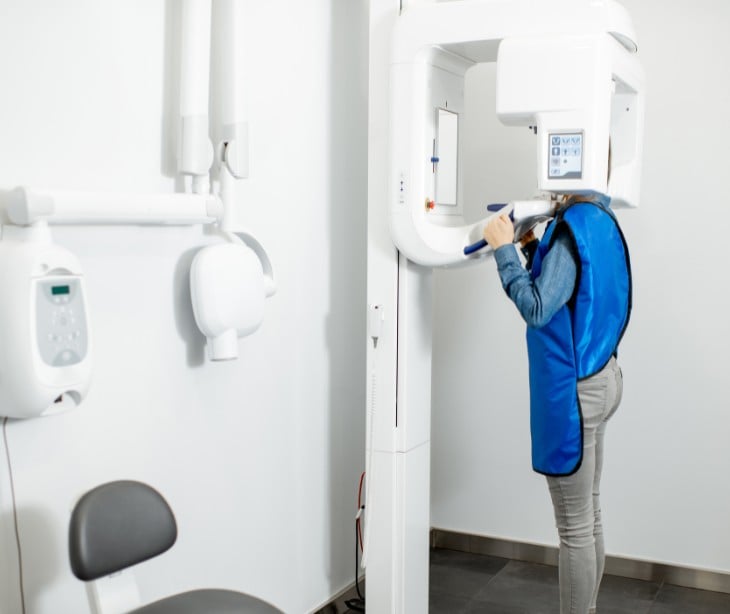
The intersection of dental imaging and HIPAA compliance can be best understood by exploring the importance of safeguarding protected health information (PHI) and outlining the measures dental practices can take to achieve compliance.
Dental imaging and PHI
Dental imaging, such as X-rays, intraoral photographs, and digital scans, can contain PHI. Patient identifiers, including names, addresses, dates of birth, and contact information, may be associated with dental images. Also, diagnostic information about the patient's dental condition, treatment history, and other health-related details may qualify as PHI when linked with the patient's identity. Patient identifiers ensure that dental imaging records can be linked to patients accurately. However, they also present a potential risk to patient privacy if not adequately protected.
Dental practices must establish strict access controls to limit access to patient identifiers and ensure that only authorized personnel can access this information.
Diagnostic information within dental imaging records can provide valuable insights for treatment planning and continuity of care. However, HIPAA regulations require practices to handle this information with utmost care and only disclose it on a need-to-know basis. Dental practices should establish policies and procedures that clearly outline who can access and disclose diagnostic information, ensuring that it is shared only with authorized individuals involved in the patient's treatment or healthcare operations.
Related: What are the 18 PHI identifiers?
HIPAA compliance measures for dental imaging
- Administrative safeguards: Dental practices should establish policies and procedures that outline how dental imaging and associated PHI are handled, accessed, stored, transmitted, and disposed of. Staff members must be trained to ensure everyone understands their responsibilities in safeguarding PHI. Furthermore, dental practices must sign business associate agreements (BAAs) with third-party service providers storing or processing dental imaging.
- Physical safeguards: Dental practices must implement secure storage systems, such as locked cabinets or rooms with restricted access, for physical copies of dental imaging. They must establish access controls to limit entry to authorized personnel only and have proper disposal procedures to securely dispose of physical copies of dental imaging records when no longer needed.
- Technical safeguards: Use encryption to protect the data from unauthorized access or interception. Dental practices should regularly perform risk assessments to identify and address vulnerabilities promptly. Additionally, they can implement secure login credentials, authentication mechanisms, and regular security updates to safeguard electronic dental imaging.
- Consent and authorization in dental imaging: While HIPAA allows the use and disclosure of PHI for treatment, payment, and healthcare operations without explicit patient authorization, dental practices should still obtain informed consent from patients regarding the use and disclosure of their dental imaging records. This ensures transparency and empowers patients to make informed decisions regarding their privacy. Clearly communicating the purpose of using dental imaging and the associated rights and options available to patients promotes a patient-centered approach.
- Breach notification and response: Breaches can still occur despite the best efforts to protect PHI. In such cases, dental practices must comply with the HIPAA Breach Notification Rule. Promptly notifying affected individuals, the Department of Health and Human Services (HHS), and, if necessary, the media is crucial. Implementing an incident response plan in advance can help streamline the breach response process and minimize potential harm to patients and the dental practice's reputation.
- Sharing dental imaging: In sharing dental imaging with business associates, laboratories, or patients, HIPAA requires that the electronic PHI is secure during the transmission. The easiest way is to use HIPAA compliant email to send patient details and imaging seamlessly. File-sharing portals may work too, but the added steps often lead to human error when sharing PHI.
Maintaining HIPAA compliance in dental imaging ensures that patient privacy is protected. Implementing administrative, physical, and technical safeguards and having breach response procedures in place allows dental practices to protect PHI effectively.
Subscribe to Paubox Weekly
Every Friday we'll bring you the most important news from Paubox. Our aim is to make you smarter, faster.



